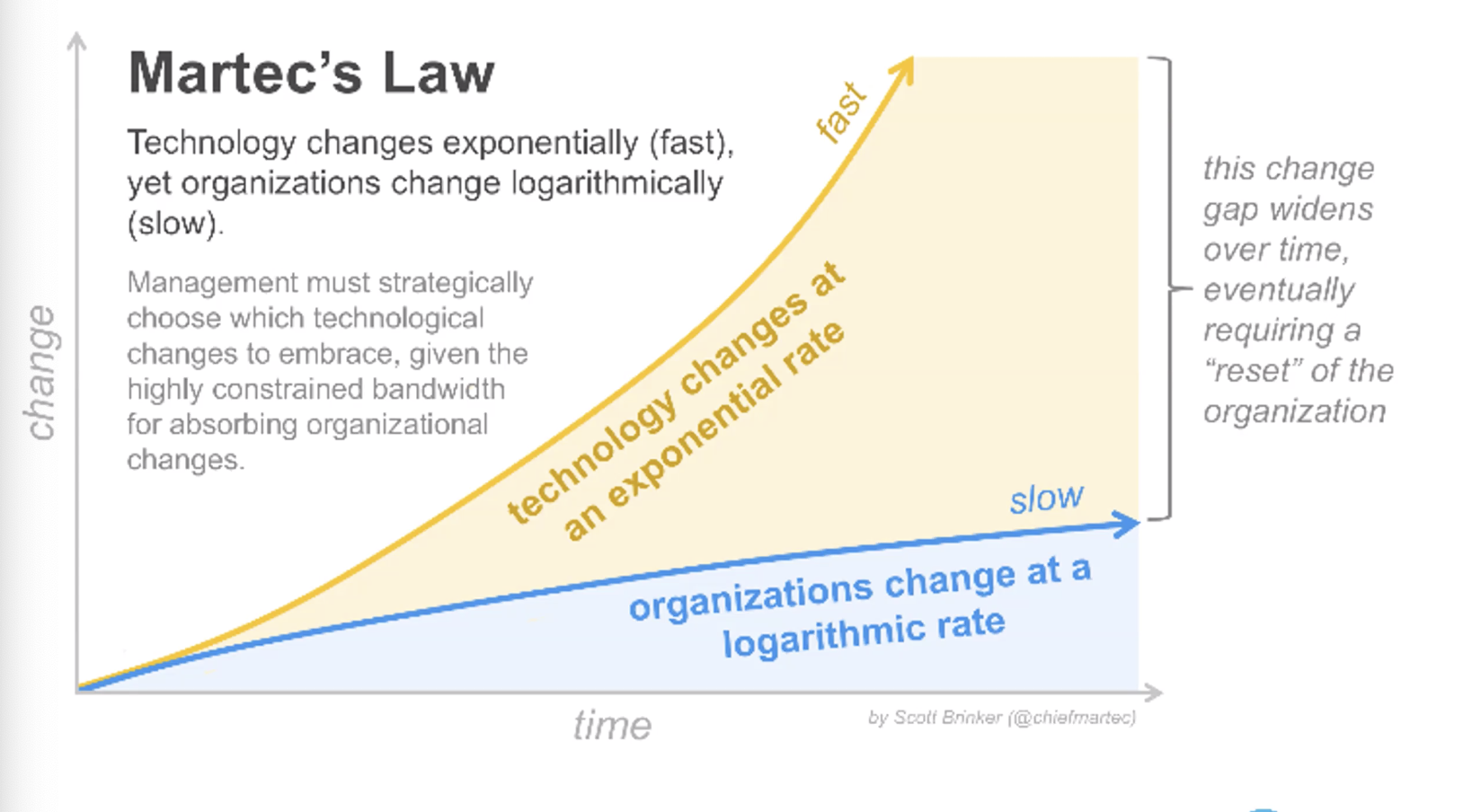Earlier this week we had the chance to sit down with transformation expert, Tony Saldanha, to discuss digital transformation, and why so many transformations fail. After 27 years as VP at Procter & Gamble and as acting President of Transformant, Tony has had the opportunity to drive countless organizations through the transformation process, which led to writing his own book “Why Digital Transformations Fail” in 2019.
To view the full recording of our webinar session, visit the Veracity Solutions Events Page, or head directly to the webinar, “Why Digital Transformations Fail.”
For those who didn’t have the chance to join us, here are a few takeaways from our discussion with Tony Saldanha on Why Digital Transformations Fail.
The Fourth Industrial Revolution
Before we dive into digital transformation, we have to set the stage. Did you know that our world is undergoing a fourth industrial revolution?
Just like with revolutions of the past, there will be those who survive and those who fall by the wayside. In Tony’s words, “The Era of Digital Disruption and Digital Transformation is an opportunity of absolutely historic proportions. Anytime there is a big industrial revolution (and we are in the midst of an industrial revolution) there will be exponential winners and exponential losers.”
“The Era of Digital Disruption and Digital Transformation is an opportunity of absolutely historic proportions. Anytime there is a big industrial revolution...there will be exponential winners and exponential losers.”
- Tony Saldanha
In order to survive, we must become the heroes of our own story, taking control of our direction to ensure we’re left standing at the end of the day. According to Tony, the problem is, “Our main weapon of survival has a 70% failure rate.”
He’s right. Studies show that a full 70% of digital transformations will not meet their goals, which is what led Tony to deliver a proven 5-step model to guide organizations through their own transformation story. In order to take advantage of the opportunities at hand, we may need to shift the way we think about digital transformation in the first place.
Digital Transformation is More Than Just Automation
Are you planning to a move to the cloud? Adopting Agile practices, or planning a few IT projects to speed up productivity? If you answered yes, you certainly must be transforming, right?
While projects like this can build a solid foundation for transformation, this is only the first step of Tony’s 5-step journey to transformation. The truth is, IT projects are often more centered on automation than on transformation itself, and if you’re already on your way to completing them, you certainly shouldn’t stop there.
What we can say, however, is that taking steps in this direction (cloud adoption, agile practices, etc.) are absolutely essential for enabling transformation down the road. Agile practices, DevOps, cloud adoption, and other IT projects will set the stage for holistic, cultural transformation down the road. See this as an important step on your journey, but not the finish line.
As Tony put it, "If Digital Transformation is about redefining business models and the entire DNA of the company, this will take more than just a few IT projects."
Addressing the Biggest Issue of Transformation
Can you guess what the biggest issue is when it comes to digital transformation? According to Tony Saldanha, it’s not the legacy technology or legacy work processes that get in the way. It’s legacy people.
Digital Transformation is difficult enough with a team of fully dedicated, invested people. But when you’re trying to achieve innovation with teams who are already engrained in certain practices or reserved for existing tasks, simply pushing them into new innovations will not go well.
So, how do we push forward with transformation while keeping the existing and vital parts of the business running? Especially when it feels like you don’t have the time, money or resources to do so?
Google has found success through what they call a 70:20:10 model. In this model, they’ve divided 70% of their capacity to running existing operations, 20% of capacity on continuous improvement, and 10% of capacity on disruptive innovation. In order to move forward, they had to allocate dedicated time and resources for innovation, or else it simply wouldn’t happen.
While your organization may not be able to afford to put 10% of your resources into disruptive innovation, this model teaches that we should at least start somewhere. Even a small allocation, a dedicated edge organization, or an outside expert perspective can help push your internal transformation forward, while helping you keep the lights on.
The most important thing you can do as a leader is to become committed to transformation, and help your employees adopt a disruptive mindset. If transforming requires a change of your entire business model, you must be willing to put some skin in the game to ensure you’re always moving forward.
Digital Transformation and Martec’s Law
Digital transformation is far from convenient. Perhaps your organization has an “I’ll do it later” mindset or assumes you’re simply not ready to adopt the technology at hand.
When it comes to questions of organizational readiness, Tony refers to Martec’s law. This law states that Technology changes exponentially (fast), while organizations change logarithmically (slow).
Veracity CEO, John Esser, challenged this idea, stating that not all organizations move at this logarithmic pace (take Amazon, Netflix, or other transformational high-performers for example). But all in all, he agreed that without action, your organizational growth will become stagnant.
By simply waiting for the “right time” to pursue cloud adoption, or until your organization feels ready, you might be making things harder for yourself. As time goes on, the gap between the latest technology and the state of your business will continue to spread, making it difficult or near impossible to catch up.
IT leaders must see transformation first and foremost as an organizational problem and less of a technology problem. Because in the end, it’s the organizational who will suffer and fall behind.
This sense of urgency should then drive the need for an agile culture, to give your organization a high velocity edge. In the end, the choice is yours. Will you take control of your trajectory on your path of transformation, or wait for technology to pass you by?
The Decision to Transform
We are in a state of an industrial revolution, but we all have a choice. Do we want to be among the exponential winners, or let the chips fall where they may?
Tony’s proven 5-step model and his book “Why Digital Transformations Fail” are here to help organizations and IT leaders become the heroes of their transformation story.
If you have questions about how Veracity can help guide you through a transformation of your own, schedule a free hour with the Veracity team and let your journey begin.




